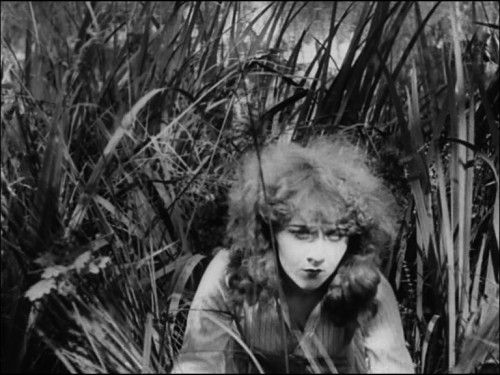
Whirlpool of Fate
(La Fille de l’eau)
Screening on Film
With Catherine Hessling, Pierre Lestringuez, Andre Derain.
France, 1925, 35mm, black & white, silent, 71 min.
French intertitles with English subtitles.
Print source: British Film Institute
By the time Renoir undertook sole directorship for the first time, he had fallen under the spell of von Stroheim’s Foolish Wives (1922), and so Whirlpool of Fate, shot in the summer of 1924, exhibits much of that filmmaker’s fascination with the seedy and the corrupt. Like the previous Catherine,this film stars Renoir’s wife Catherine Hessling as the title character, a young woman who innocently runs afoul of her provincial community—in this case, after she is orphaned by her father’s drowning. The film blends impressionism and naturalism; the naturalism is the effect of both von Stroheim’s influence and the 19th-century realist French literature that Renoir adored. The impressionist nature of the film stems from its setting—a barge on a river—and from the influence on Renoir of such compatriots as Gance and Delluc.
Live Musical Accompaniment by Bertrand Laurence
PRECEDED BY
-
The Little Match Girl (La Petite Marchande d’allumettes)
Directed by Jean Renoir.
With Catherine Hessling, Jean Storm, Manuel Raaby.
France, 1928, 35mm, black & white, silent, 29 min.
French intertitles with English subtitles.
Print source: UCLA
The centerpiece of Whirlpool of Fate is an inventive dream sequence that exhibits the kind of visual effects that drew Renoir to directing in the first place. This adaptation of the Hans Christian Andersen tale is the high point of that early cinematic inclination of Renoir’s, before he shifted his experimentation to crafting a cinematic realism. Not aimed at children, The Little Match Girl does not shy away from what is grim and cruel in Andersen’s story. But the blend of naturalism, impressionism and the fantastic translates Andersen’s poignancy to the screen in an unforgettable fashion.







































